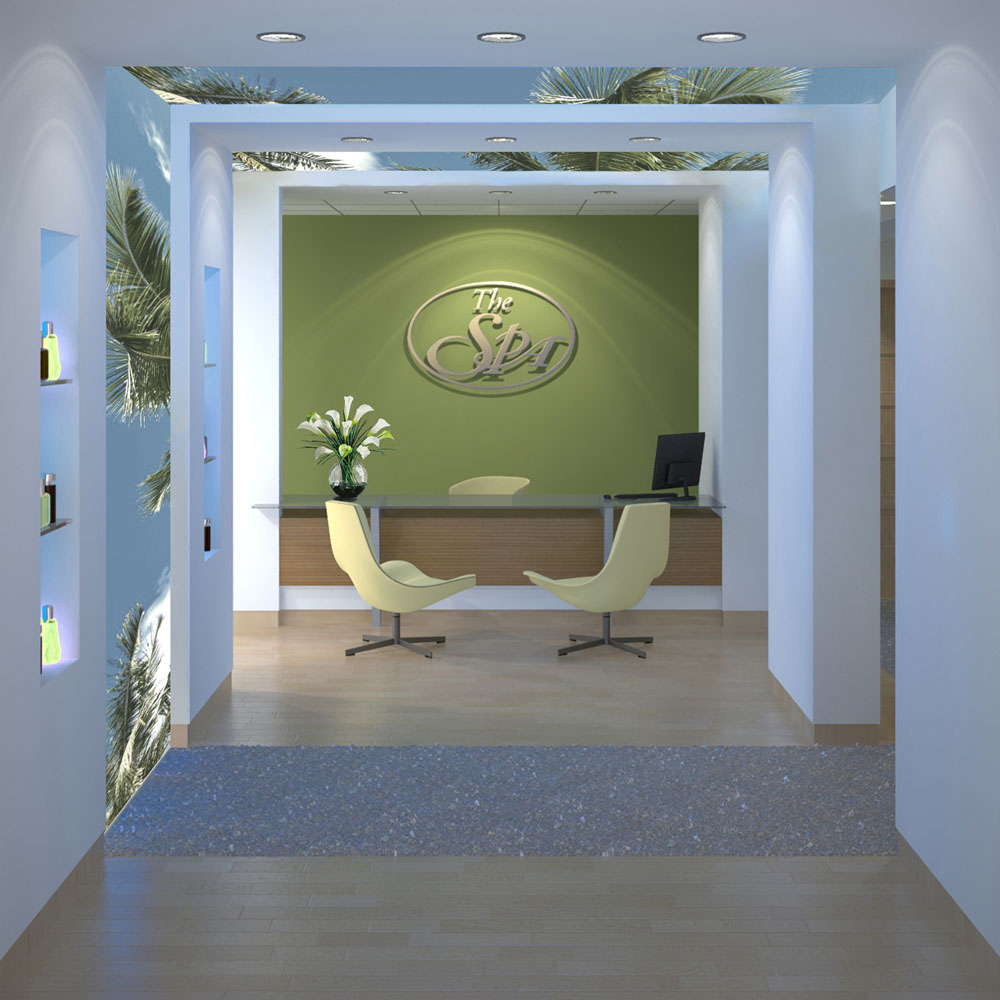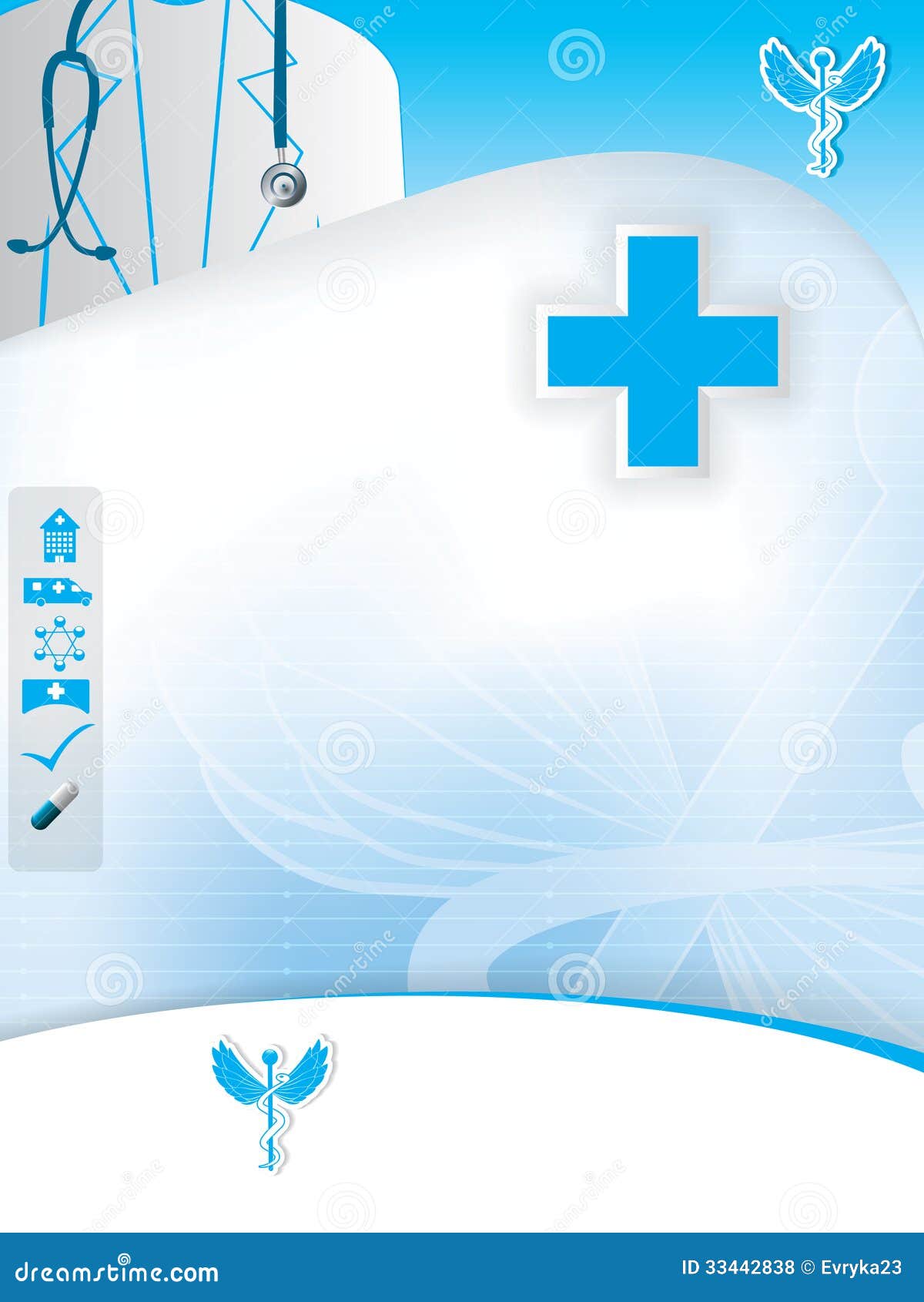Table Of Content

However, WBL settings are characterized by their unpredictable nature, which can either promote self-directed learning or present challenges in offering structured learning opportunities for students [12]. Consequently, designing purposive feedback opportunities within WBL settings is a significant challenge for clinical teachers and faculty. A medical device designer is responsible for conceptualizing, designing, and refining medical devices that address specific healthcare needs. They also focus on user-centric design, ensuring that the device is intuitive and user-friendly for both medical professionals and patients. A medical device design agency is a professional service organization that specializes in the design and development of medical devices and healthcare technology.
Medical Device Design: IEC & ISO regulations and compliance
Engineering World Health Hosts Medical Device Design Seminar Nov. 1 - University of Arkansas Newswire
Engineering World Health Hosts Medical Device Design Seminar Nov. 1.
Posted: Mon, 23 Oct 2023 07:00:00 GMT [source]
Health professionals can provide insights into health care operations and, most importantly, patient needs and experiences. These perspectives represent a unique opportunity for architects to experience the world of clinical medicine in a way that is typically hidden. We can walk the halls; we can talk to physicians and other clinicians; we can shadow individuals as they go about their daily routines.

Consumer Products
Biomedical engineering course gives UTSA students medical device experience - The University of Texas at San Antonio
Biomedical engineering course gives UTSA students medical device experience.
Posted: Mon, 13 Nov 2023 08:00:00 GMT [source]
It can help to find community with meetup groups like Hearing Loss Association of America, which has a chapter in the Twin Cities. Volume can still be part of the problem — it becomes harder to hear softer high-frequency sounds like “s” and “t”, and the crispness of high musical notes. But more importantly, it becomes harder to separate two sounds that are going on at the same time. A younger person with typical hearing can listen to one person even if five other people are talking.
Harness first-hand experience and expertise
The ideas included a new shape to prevent the device being positioned incorrectly, reflecting feedback from nurses about accidental injuries they had incurred when using the existing design. Other ideas were about improving the grip, making the device easier to use for patients with limited dexterity or impaired vision, and providing feedback when the device was used correctly. The executive team hailed these refinements as “completely game changing,” and over the first three years the redesigned device exceeded market growth by 4 percentage points. At DeviceLab, our adherence to ISO and the principles of risk management underscores our commitment to excellence, delivering medical devices that are not only compliant, but epitomize the highest standards of safety and quality for our clients. Quality management is more than just a checkbox to us, it’s an essential part of our commitment to patient safety and effective treatment solutions at DeviceLab. We incorporate quality management into every phase of the medical device design procedure to attain ideal outcomes.
Medical Device Project Spotlight
For those aiming for leadership roles or specialized research positions, a master’s or doctoral degree in biomedical engineering or a related discipline can be beneficial. Additionally, coursework or training in regulatory affairs and quality management can enhance one’s expertise in the field. Beyond prototyping, DeviceLab offers pilot production of medical devices, typically ranging from dozens to thousands of units, using materials and processes akin to full-scale production. At DeviceLab, we recognize the profound significance of risk management in medical device design. Beyond mere regulatory compliance, our dedication stems from a genuine commitment to patient safety and product excellence.
Zeus hires first chief technology officer

In summary, although the recommendation is to include a “next step” box in the feedback instruments, evidence shows these items are not often used for constructive comments or action plans. The front line of health care is among the most complex and high-stakes environments of any profession. Medical professionals are constantly looking for ways to clarify purpose and simplify processes to ensure best patient care. As our designs for buildings get more and more complex—code requirements, new materials, emerging technology—health professionals may find their most valuable service is helping bring clarity and focus to what really matters most.
Medical Device Design & Engineering
This results in a great deal of confusion about what design actually is, who practises it and how. This chapter therefore discusses the fundamental differences between how engineers and designers approach problems. It measured system usability scores of competitor products, and then set its own target score far higher, to ensure that the equipment could be marketed as having the lowest user-driven error statistics in the industry. It incentivized the team working on the product to hit these usability scores through a combination of financial rewards and non-financial recognition. From the initial design phase to post-market surveillance, risk management is an ongoing effort to ensure the safety and efficacy of medical devices.
Products and services
In this regard, it is described that delivering feedback without perceiving changes, results in no effect or impact on learning [88]. To determine if a feedback loop is closed, observing a change in the student's response is necessary. In other words, feedback does not work without repeating the same task [68], so teachers need to observe subsequent tasks to notice changes [88]. While feedforward is fundamental to long-term performance, it is shown that more research is needed to determine effective actions to be implemented in the WBL environment to close feedback loops. In summary, the clinical context and WBL culture do not fully use the potential of a feedback process aimed at closing learning gaps.
I’ve written about one of my biggest design influences, Dieter Rams, before in Insight and feel that once again medical product designers can learn much from his approach to design. To design medical devices, a bachelor’s degree in biomedical engineering, mechanical engineering, or a related field is typically required. However, given the interdisciplinary nature of the field, degrees in electrical engineering, materials science, or even industrial design can also be relevant.
By testing these human factors with prototypes, we can receive real-time responses and reactions to potential design directions. RKS has a full prototyping lab in-house, that includes CNC machining, 3D printing, and AR/VR capabilities. RKS has the ability to support prototyping needs at all levels to facilitate the development process. Oftentimes our team is engaged early to create fast-fail feasibility prototypes and proof of concept prototypes to develop and test new features and functionality. This is typically where innovation and patent creation takes place and is instrumental in the development process. RKS also develops ergonomic and usability prototypes to support testing with users to validate approaches.
As such, many teams now include members across multiple disciplines and with experience in diverse building typologies to realize a more innovative design solution. Every medical device’s route to market is complex due to the various factors to be taken into consideration such as usage patterns, material, user experience, regulations, and more. The International Organization for Standardization also has specifications for medical device standards. ISO and ISO are widely used standards across the world for medical device quality management. Other than these international standards, certain standards are region-specific and all of them are adopted from international standards with little modification and limitation. I’ve taken a fresh look at these ten principles and reflected on their relevance to the sector we serve — medical products design and development.
RKS is a full-service design and development firm, and we provide materials sourcing, manufacturing support, and product management as part of our key service offerings. RKS’ level of involvement in the manufacturing process varies and is typically controlled by the needs of our clients. Many times RKS is engaged to manage the transition to manufacturing which includes identifying, evaluating, and negotiating with potential manufacturing partners. From there, RKS will manage the tooling process, part evaluation, debugging, and all critical steps to get to product launch. RKS can also play a support role for clients who want to manage the process or has internal manufacturing capabilities as needed by the client team.
Joblessness among the formerly incarcerated can be as high as 60% a year after release. Almost two-thirds of those who secure employment enter jobs typically available to people with little or no education, such as waste management, manufacturing, and construction—jobs increasingly being automated or outsourced. A central cause of mass incarceration, data shows that an estimated 68% of people released from U.S. jails or prisons were arrested within three years between 2005 and 2014, rising to 83% within nine years. "By equipping incarcerated learners with invaluable digital literacy skills and boosting their self-efficacy, our program aims to foster the skills necessary to thrive in today's technology-driven world." The admission that hackers stole Americans’ health data comes a week after a new hacking group began publishing portions of the stolen data in an effort to extort a second ransom demand from the company. You can learn a lot by chatting with someone with a similar hearing loss who knows about places to enjoy, places to avoid and resources that make listening easier.

No comments:
Post a Comment